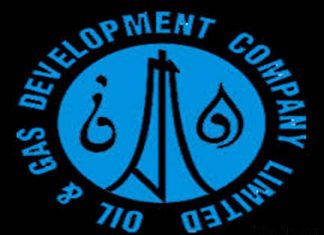China’s central bank lowered a short-term lending rate for the first time in 10 months on Tuesday, in a bid to restore market confidence and prop up a stalling post-pandemic recovery in the world’s second-largest economy.
The cut to the lending rate signals possible easing for longer-term rates over the next week and beyond as demand and investor sentiment weaken, adding to the case for urgent policy stimulus to sustain growth.
“The central bank’s rate cut decision was not a complete surprise to the market,” said Ken Cheung, chief Asian FX strategist at Mizuho Bank.
“Commercial banks have already lowered deposit rates, and PBOC governor Yi Gang also mentioned strengthening counter-cyclical adjustment recently.”
Cheung said the PBOC may have wanted to mitigate the impact of any future policy easing on the Chinese yuan ahead of the Federal Reserve’s policy meeting this week, which is keenly watched by financial markets.
China remains an outlier among global central banks as it loosens monetary policy to shore up growth while its major peers raise interest rates to counter surging consumer prices.
Further interest rate cuts in China would only widen the yield gap with the United States, even if the Fed pauses this week, sending the yuan lower and accelerating capital outflows.
China is due to release May credit lending data and activity indicators, including retail sales and industrial production, this week.
“This reminds the market of the challenges that the Chinese economy faces during its recovery period,” said Marco Sun, chief financial market analyst at MUFG Bank (China).
“However, the market is expecting the PBOC to cut the policy rate further. Looking ahead, the PBOC could make marginal adjustments to the policy rate in order to stimulate credit growth and avoid inflation issues in the coming quarters.”
The next adjustment to rates could come as soon as Thursday, when the central bank is due to roll over 200 billion yuan ($27.93 billion) in medium-term lending facility (MLF) loans.
“The 10bp cut in the open market operations (OMO) reverse repo rate can be seen as a precursor to a MLF rate cut this Thursday,” said Frances Cheung, rates strategist at OCBC Bank.
“Rates may continue to trade on the soft side but given much economic pessimism and a rate cut are already in the price, we see limited downside to rates from here.”
Separately, markets expect benchmark lending loan prime rate (LPR), which is used to set consumer loan and mortgage rates, could be lowered by the same margin at the monthly fixing next Tuesday.
“It is likely to be followed by similar reductions to the MLF rate and LPR on Thursday and next Tuesday, given that all three policy rates typically move in tandem,” said Julian Evans-Pritchard, head of China economics at Capital Economics.
























